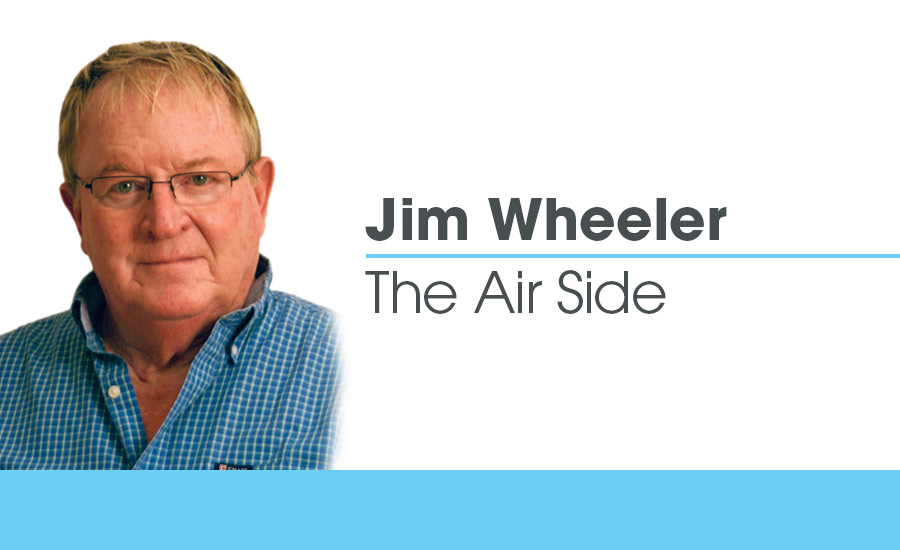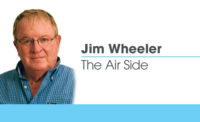Heat pumps are a viable alternative

When it comes to space-heating sources, there aren’t a lot of choices.

|
|
A heat pump’s vapor-compression refrigeration cycle: 1) Condenser; 2) Expansion valve; 3) Evaporator; 4) Compressor. Diagram by Ilmari Karonen. |
There are fuels that burn, there is solar heating, there is electric-resistance heating and there are heat pumps.
And where cheap natural gas isn’t available or if you don’t live in the woods with a lot of trees around, heat pumps usually are the most economical way to heat a building. Oh yes, solar heating is free after the installation costs are paid, but that usually isn’t a viable heating method in cold climates and even in places where the sun shines all the time.
To most folks, heat pumps are somewhat of a mystery. How can you extract heat from cold air? But once you understand the effects of the internal pressure differences, the physics explains everything.
Yes, heat pumps are just air conditioners that run backward. Rather than getting cold air inside and blowing the hot air outside (as air conditioners do), they blow warm air inside and even colder air outside.
The big differences between heat pumps and air conditioners are the types of compressors that are used (heat pump compressors have to be stronger and more powerful). Also, heat pumps need a reversing valve to switch between the heating and cooling mode. Most air-to-air heat pumps need a defrosting mechanism since the outdoor coil will frost over.
There are many older contractors who simply don’t like heat pumps and would never recommend them because they’ve had so many problems with them in the past. And heat pumps truly have a history of problems. First, because they run year-round under some very strenuous conditions, compressor failures were too common. Fortunately, the new scroll compressors are much more reliable, making that less of a concern today.
The biggest comfort problem with heat pumps is they blow more air, making it cooler. Customers complain they never feel warm like they do with other heating sources. And no matter what you do, that still is what happens to some extent.
So, proper air-diffuser selection and location is critical to make sure the air can’t blow directly on the occupants (yes, proper engineering is required). Modern heat pumps with variable-speed fans and compressors are making this less of a problem.
What is the upside to heat pumps? They cost a fraction to operate when compared to electric resistance, fuel oil and propane heating. Plus, they don’t require regular deliveries. Keep in mind there is a low outdoor temperature point beyond which heat pumps can no longer maintain the necessary indoor temperature. Thus, heat pumps do need a supplementary heat source to back them up in the coldest weather. Usually, electric-resistance heat strips are the choice, but fossil- fuel furnaces also can be used. This critical crossover minimum temperature used to be about 32° F, but many newer systems can maintain both efficiency and capacity lower than that now. Thank goodness for technology!
Are heat pumps a viable alternative to more traditional heating sources? Yes! And the good news is they come with a central air conditioner. Also, the new ductless split heat pumps usually can be located in buildings where central systems were never an option — and they, too, come with built-in air conditioners.
It all takes a little out-of-the-box thinking and education to get these valuable units into areas where older, more expensive heating sources are the norm.
In the end, it’s worth the effort for your company, your contractor/dealer customers and consumers.
HELPFUL LINKS:
Looking for a reprint of this article?
From high-res PDFs to custom plaques, order your copy today!







